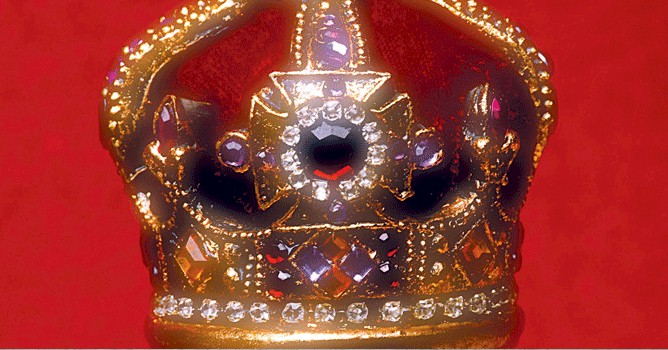
© 2015 50plus Senior News, All rights reserved.
The Search for Our Ancestry: ‘Noble’ Ancestors
Angelo Coniglio | Dec 11, 2012, 6 a.m.

Q: I have begun developing my family genealogy, and in going online, I found someone with a common ancestor. This researcher, who is evidently related to me, has an extensive family tree for that ancestor, going back to a king of Persia in 1300 AD. How do I know whether this is accurate, and if I am descended from that king? – O.K., Illinois
A: I’m generally wary of such claims. It is true that if anyone traces his lineage back 20 generations or so, the odds of finding a “noble” ancestor increase. This is because of the huge number of ancestors any person has in his 20th generation back, and the fact that if we go that far back in time, the total number of people living was much smaller than today.
1300 AD could be 25 generations or more ago. You (and I, and everyone) had about 30 million ancestors who lived 25 generations back, or about 10 percent of the world’s population! There probably was a noble or two in that group of ancestors, but the problem is proving it.
Such claims are further lessened by the fact that in most countries 800 years ago, detailed records simply didn’t exist, and in fact many of the countries (or political boundaries) that existed in 1300 are no longer here. “Nobles” did keep better track of lineage than common folk (or someone kept it for them), and well-documented and reliable family trees may exist for some noble families.
But in this instance, as well as in more mundane cases where someone claims to know the names of, and pertinent information about, your great-great-grandparents and their ancestry, the key question to ask is, “What are the researcher’s sources?”
Before I went to the trouble of adding voluminous information to my family tree from another tree, I would want to be sure that every relationship in someone else’s genealogy database had been confirmed to my satisfaction.
Consider some types of sources, from the most reliable to the least:
Primary Records: Your great-grandmother’s birth record from her town of birth. Your aunt’s birth certificate, filed with a local governmental office. A church record of your parents’ marriage. These are all primary records, made at the time of the specific event they document. Some, for example, a marriage record, may be primary records of one event and secondary records of another. See below.
Secondary Records: Your great-grandfather’s tombstone gives his birth date as Jan. 1, 1898. Your mother’s marriage certificate says she was born on June 12, 1950. Your father’s Army discharge papers report his birthday. These are all secondary records of the events I have noted.
However, the information in question may be included in a primary record of another event. For example, a marriage certificate is a primary record of the marriage, but only a secondary record of the births of the bride and groom. Some information on any sort of record may be hearsay.
Hearsay: Your father says his father was born in 1921 in Belgium. A neighbor of your grandmother’s tells you that one of your uncles was married three times. Your mother says she was married on April 10, 1972. All of these are hearsay. The person conveying the message may be reliable or not, but the information they convey is not backed up by a document (not that you would ask your mother to prove that she had been married!).
A good researcher not only records the names and dates associated with subjects of a study, but also documents the sources of the information, so that others can decide for themselves how reliable the information may be. Such documentation of sources may say “personal conversation with so-and-so,” which is hearsay; or “birth date given on death certificate No. 27168, Erie County, N.Y.” (primary for the death date, secondary for the birth date); or “1889 Serradifalco, Sicily, birth record Number 158 for Gaetano Coniglio,” a primary record of birth.
Most genealogy software allows entry of source information, and I try to include a source for every important bit of information I record. If others doubt any information I have online, they can usually go to the same source I cite and check it out. In the case of the above letter writer, I would suggest he contact his “relative” and ask: “What are your sources?”
|
Write to Angelo at genealogytips@aol.com or visit his
website, www.bit.ly/AFCGen.
He is the author of the book The Lady of the Wheel (La Ruotaia), based on his genealogical research of Sicilian foundlings. For more information, see www.bit.ly/SicilianStory. |
Editor's Picks
-

-

-

The Search for Our Ancestry: The Three Dimensions of Genealogy
-

-

The Search for Our Ancestry: Collateral Lines and Distant Relatives
- ..
